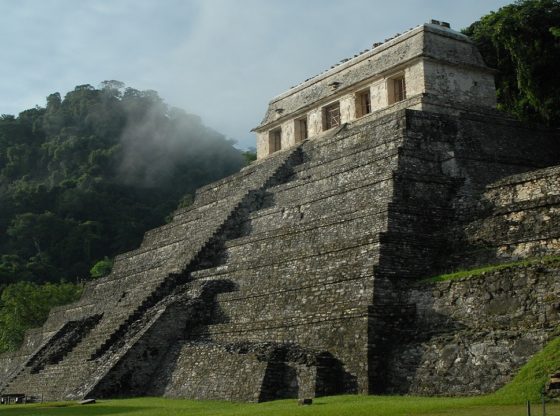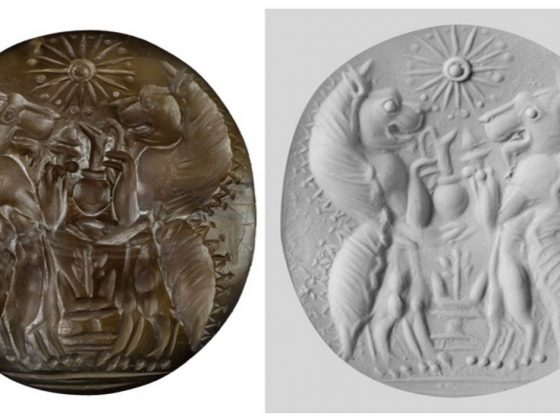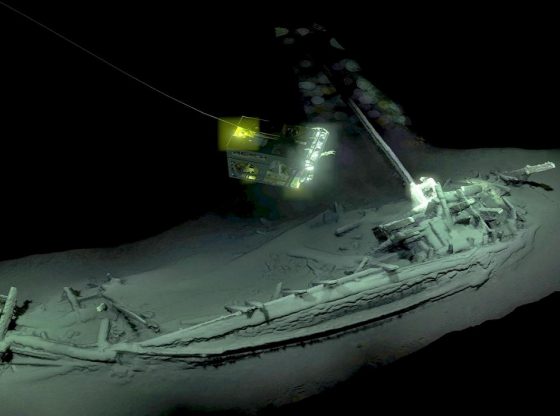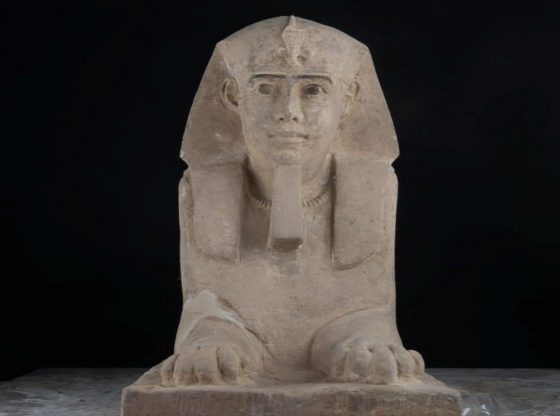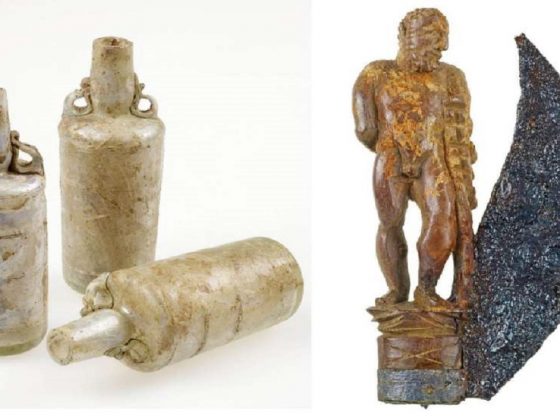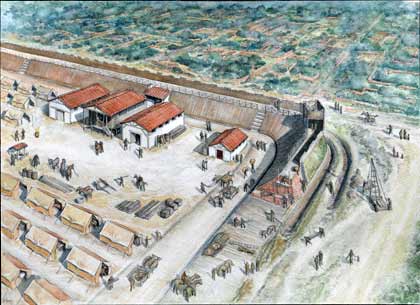
Investigations of a resurgence indicate that the Romans felt compelled to move his their provincial capital city in Britannia to Londinium.
A military fortress from about 63 CE sheds light on a period in history when the Romans felt compelled to choose Londinium (present London) as their provincial capital. As archaeologists believe a vast fort commanding the route from London Bridge was built by Romans as an emergency measure to secure Londinium.
A fort covering nearly four acres had a “fighting platform” and would have been built to house 500 Roman soldiers in direct response to the sacking of London by Queen Boudica in AD63, say the archaeologists who discovered the rectangular complex beneath Fenchurch Street in the City of London.
The fort was found during an excavation in London between 1997 and 2003, in doing so, the Museum of London Archaeology solved the riddle of the previously unknown building that found 230 meters from London Bridge.
Celtic Queen sacked the city
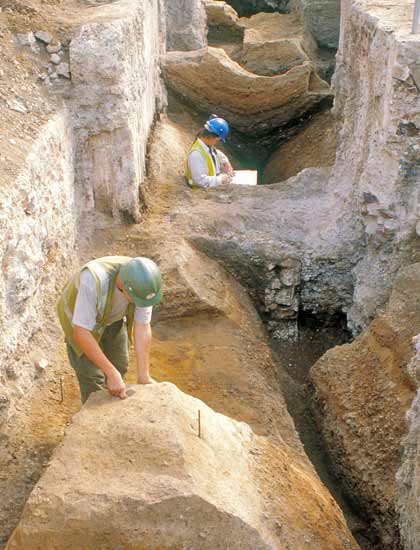
It turns out that this Roman building was used as a base for soldiers who would rebuild Londinium after the Celtic queen Boudicca attacked and looted the city around the year 61 CE.
The Roman provincial capital had until then been Camulodunum (present Colchester) situated approximately 90 kilometers from London.
Since the attack on Camulodunum and the construction, the fort occurred within a very short time span, the archaeologists concluded that the Romans decided to choose London as their new capital in Britain and erected a temporary fort that could be used during construction.
An obvious choice
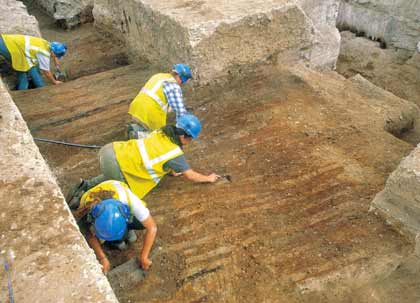
According to archaeologists, the city was an obvious choice for the Romans because of its location on the River Thames. With easy access to the sea via the Thames, this enables easy logistics from the rest of the Empire and also facilitates the city’s potential as a merchant center.
There were no British locals living at the site when construction began, which probably made it easier for the Romans to consolidate their own engineering from the ground up.
Within time, local Britons would move to Londinium seeking protection close to the Roman legions but even more so, seek to trade and reap the benefits of the mercantile vessels that would accumulate wealth with the city’s growing importance as a merchant center on the British Isles.
Archaeologists have also found, inter alia, remnants of roads, a grain warehouse, a warehouse and a toilet.
What we know about the fort:
- The fort was built for battle
- The fort was shaped like a rectangle that measures 125 x 90 meters.
- The wall was three meters high and consisted of wood and earth.
The much larger Cripplegate fort was constructed in AD 120 and a substantial wall was built around the town in the 3rd century. Archaeologists are still searching for evidence of an earlier fort or military structures for the intervening periods.
Reference:


